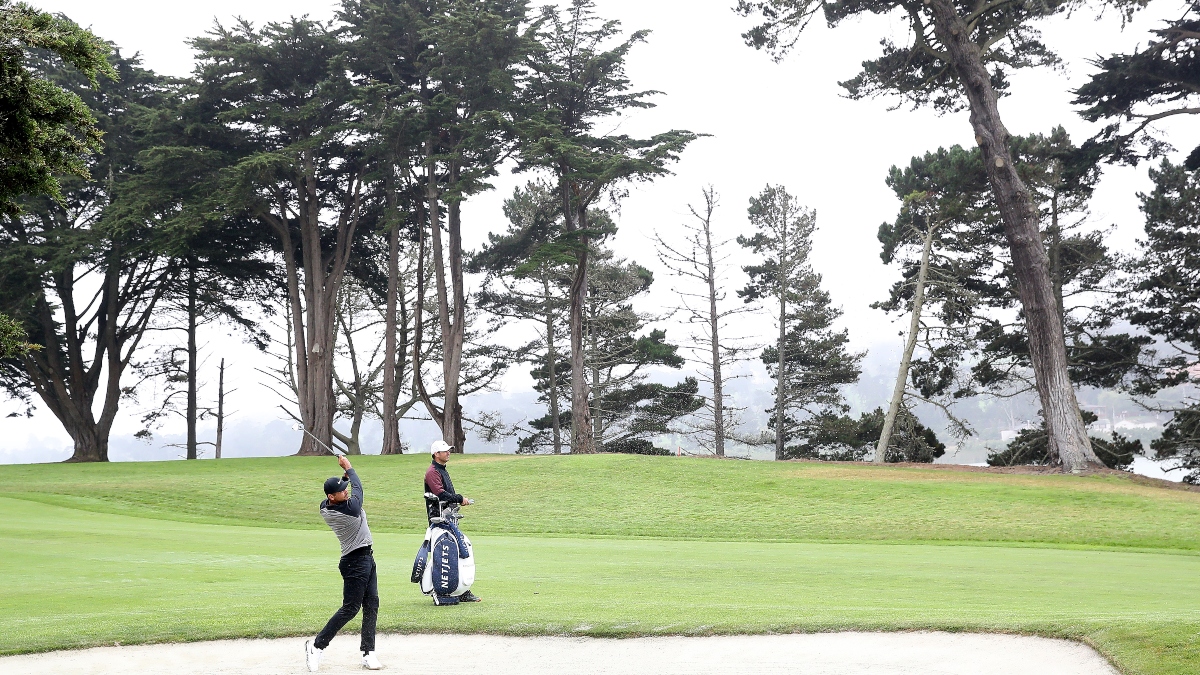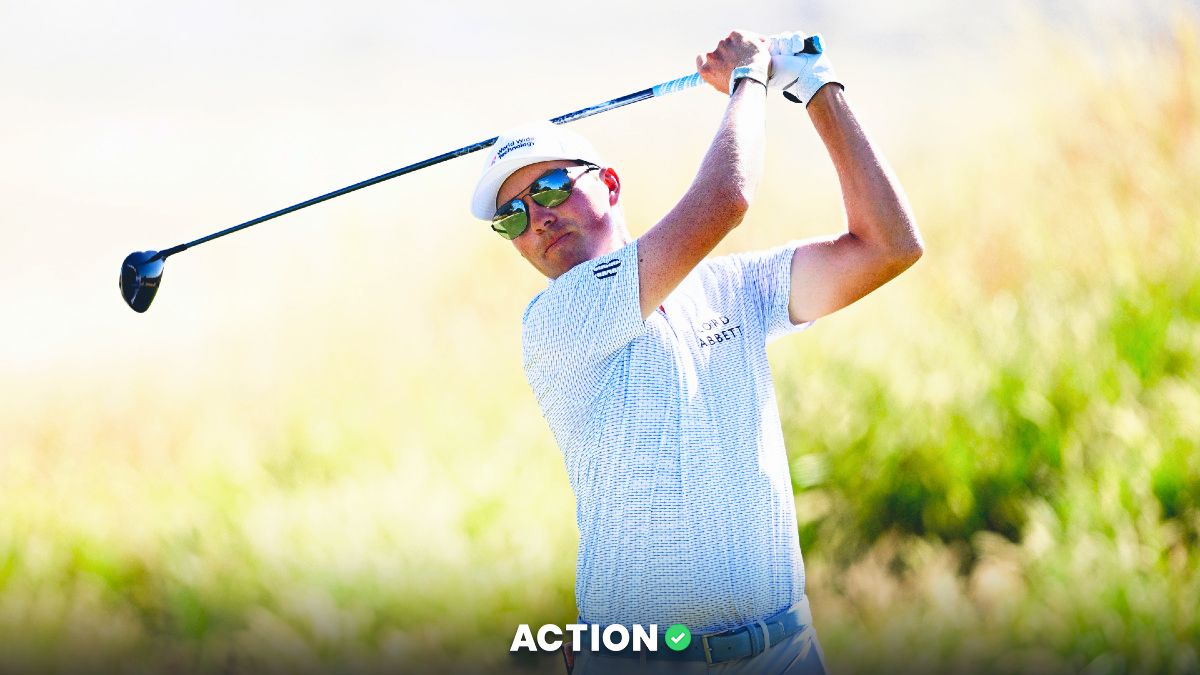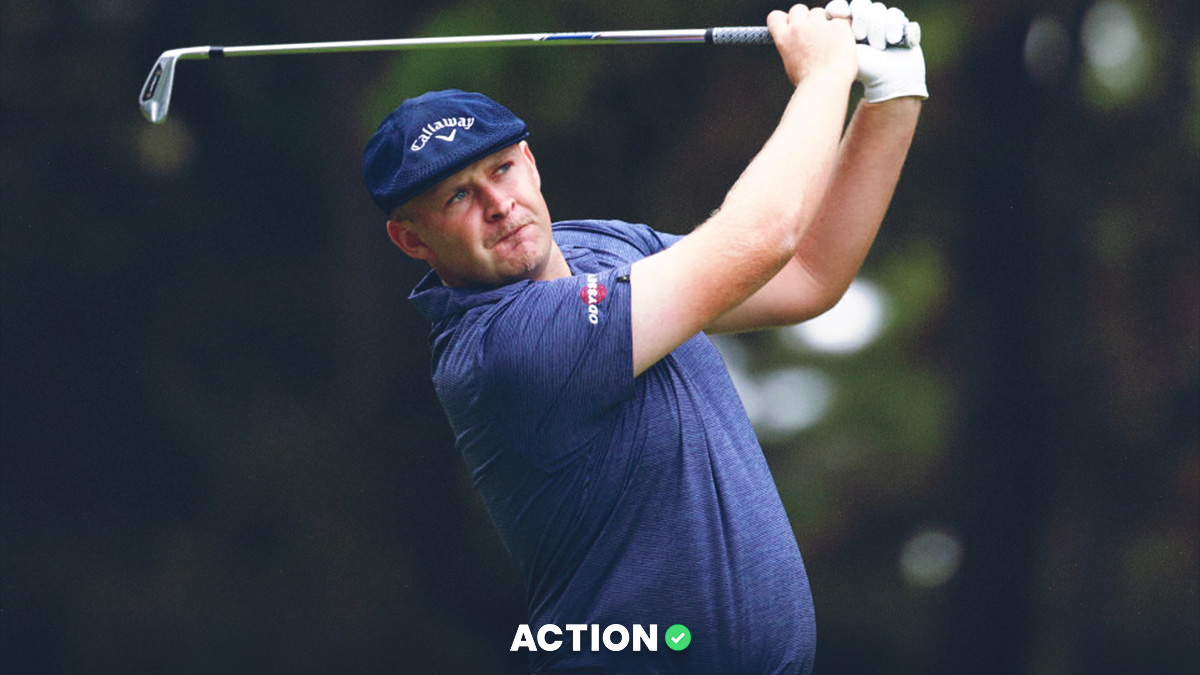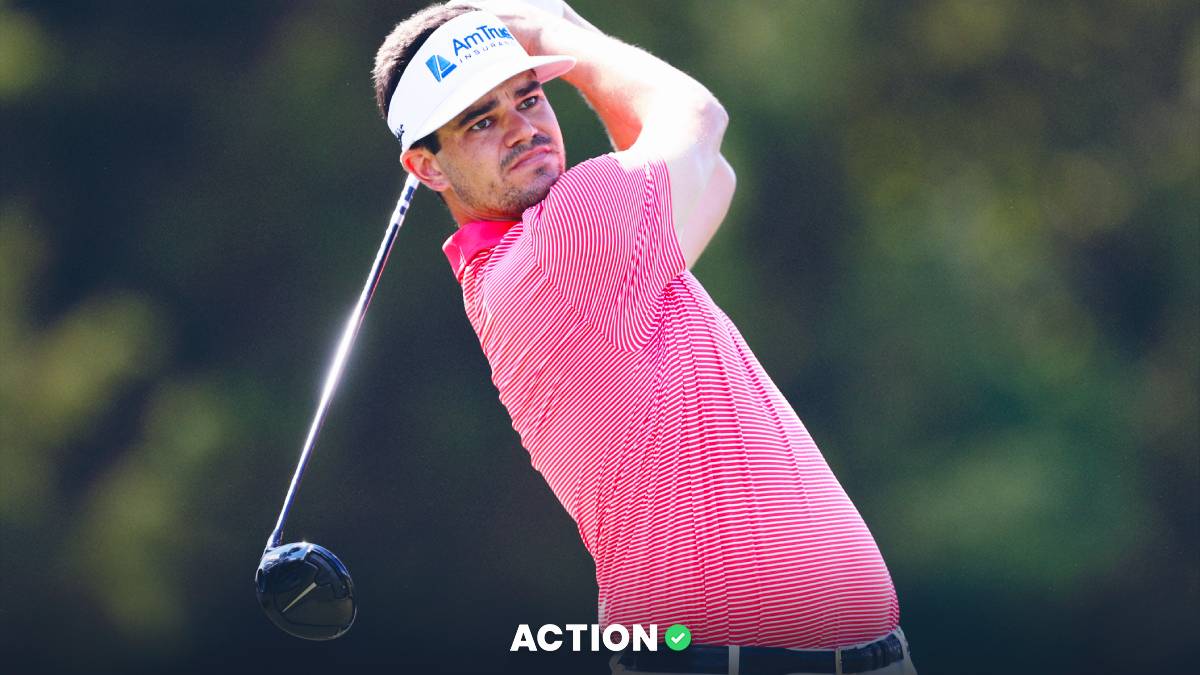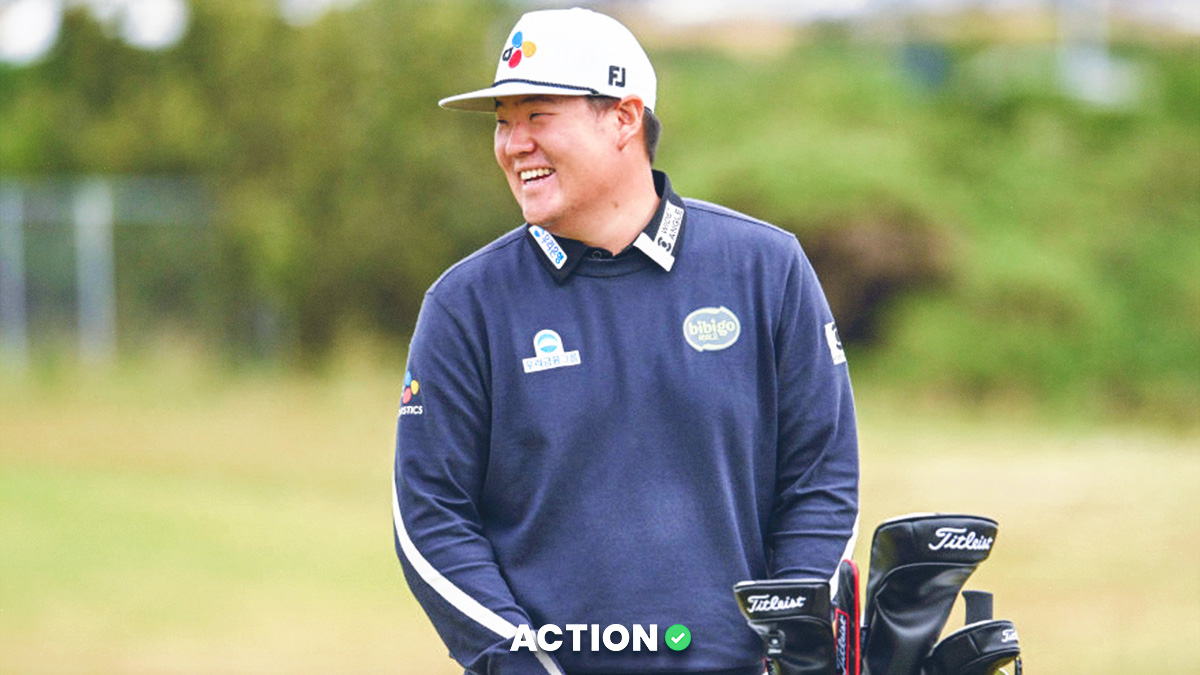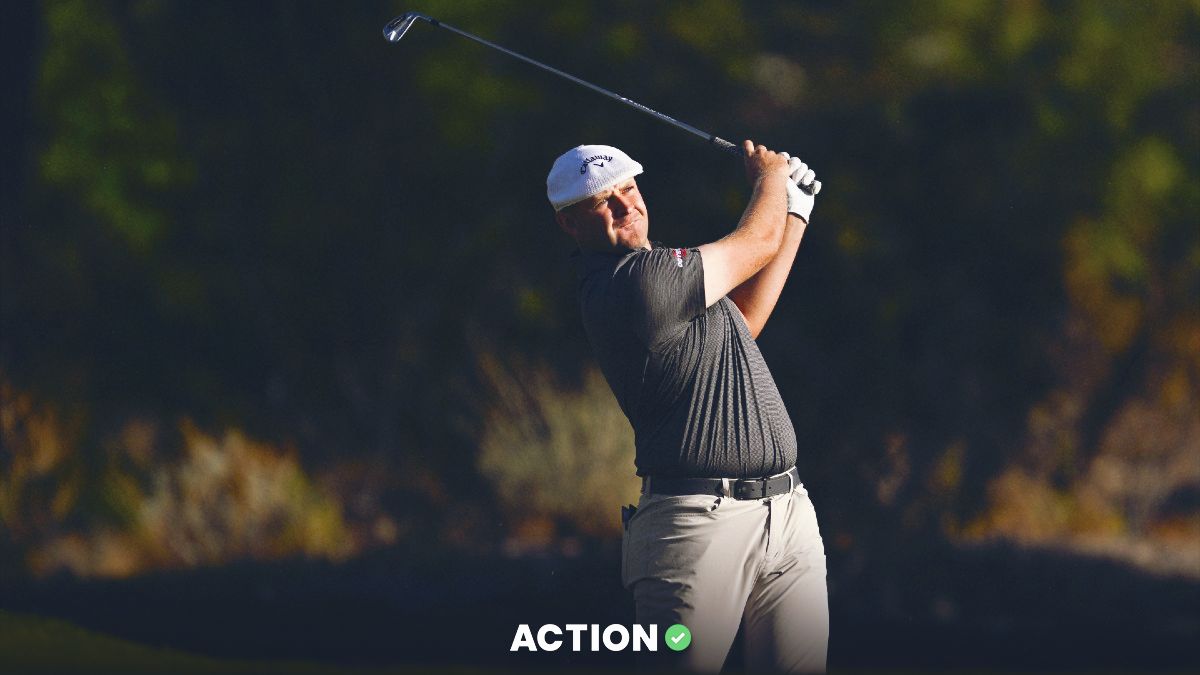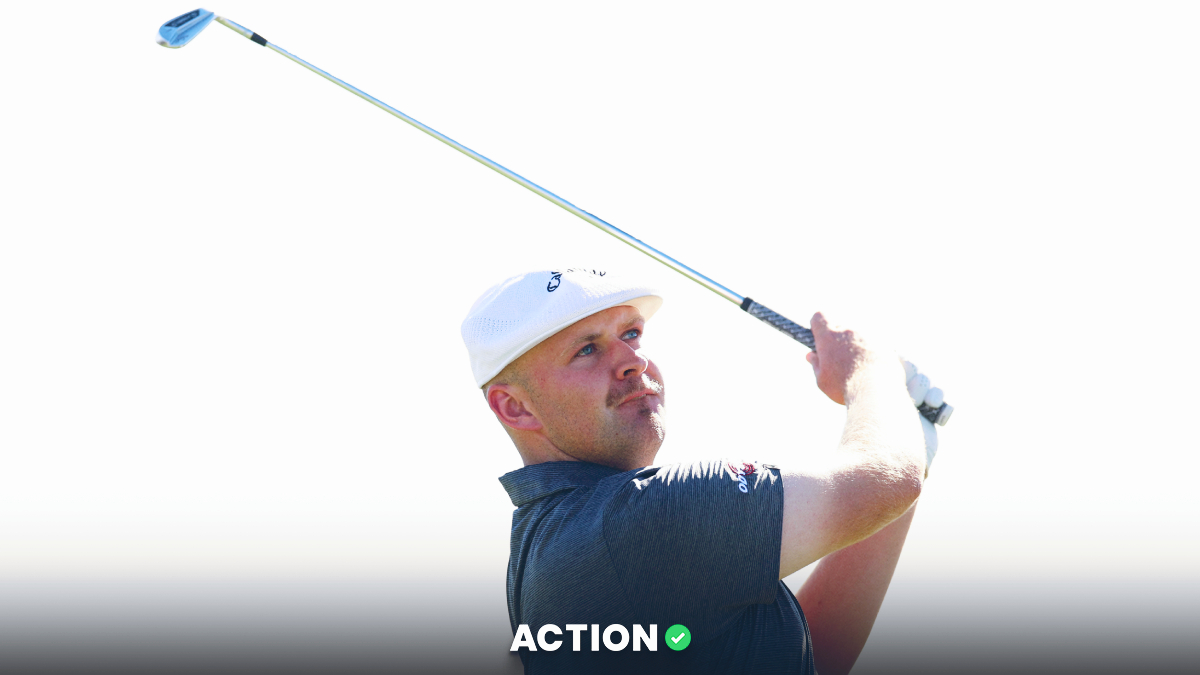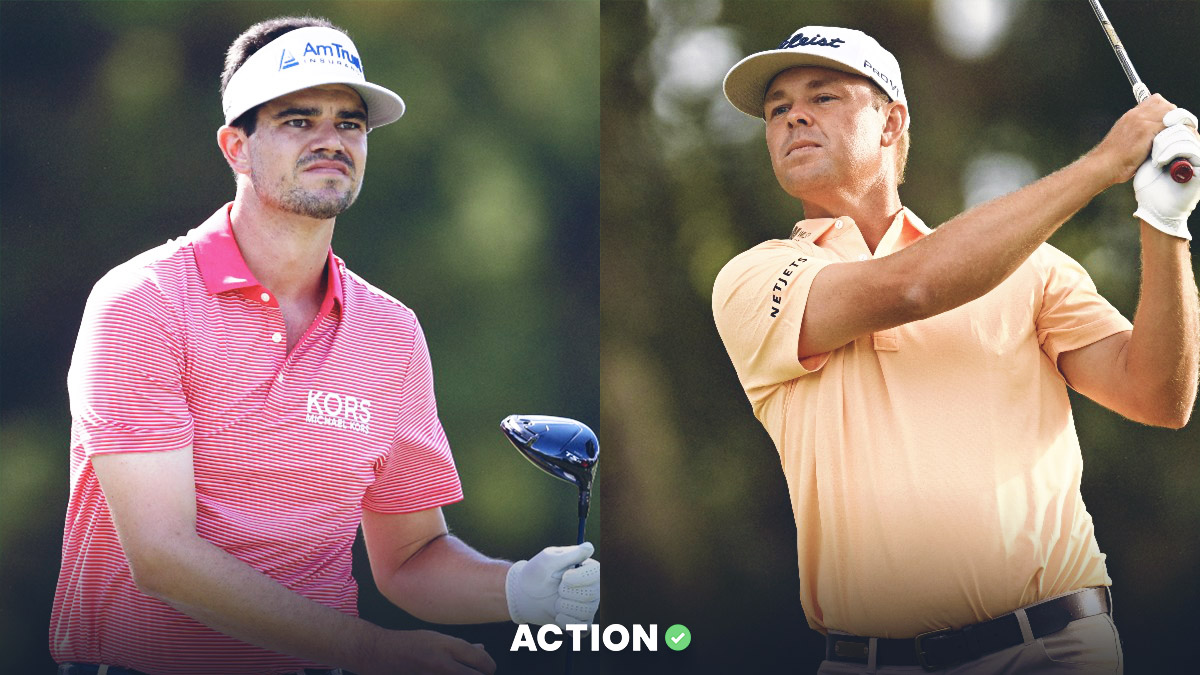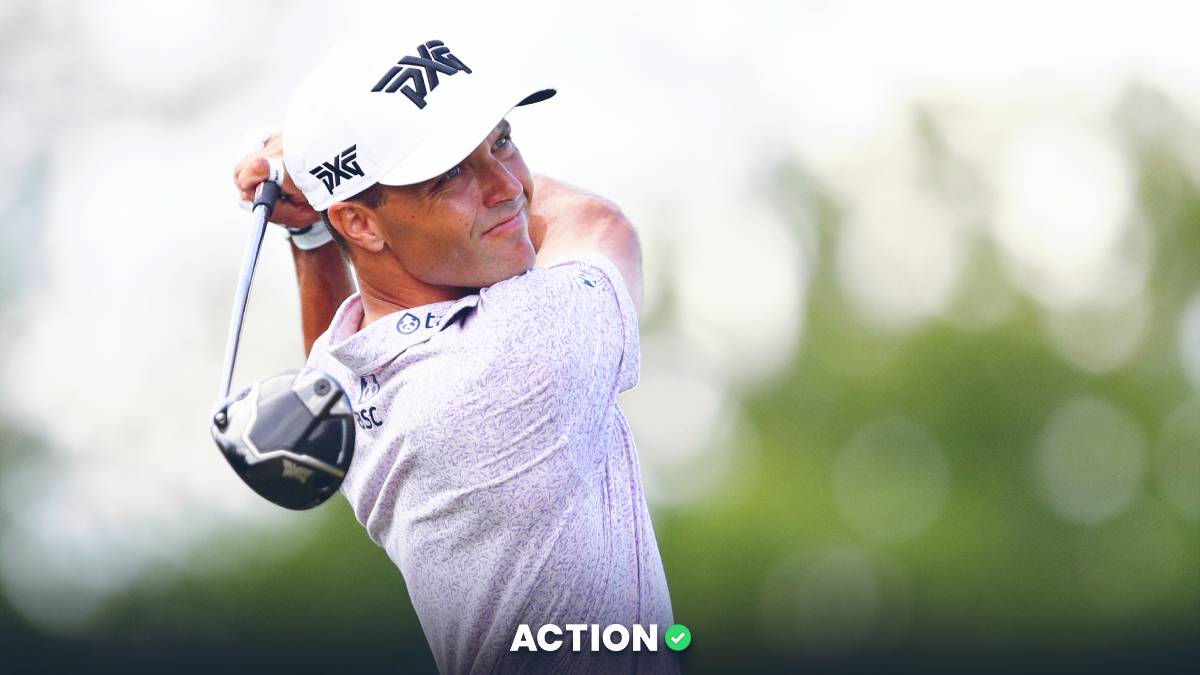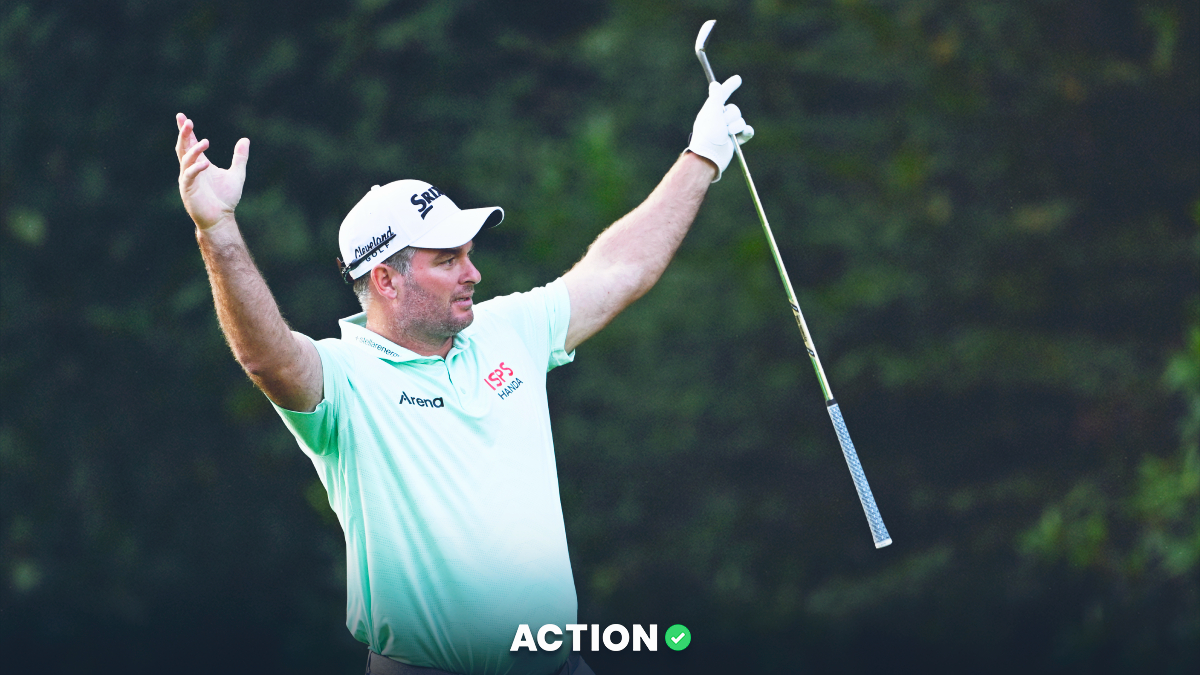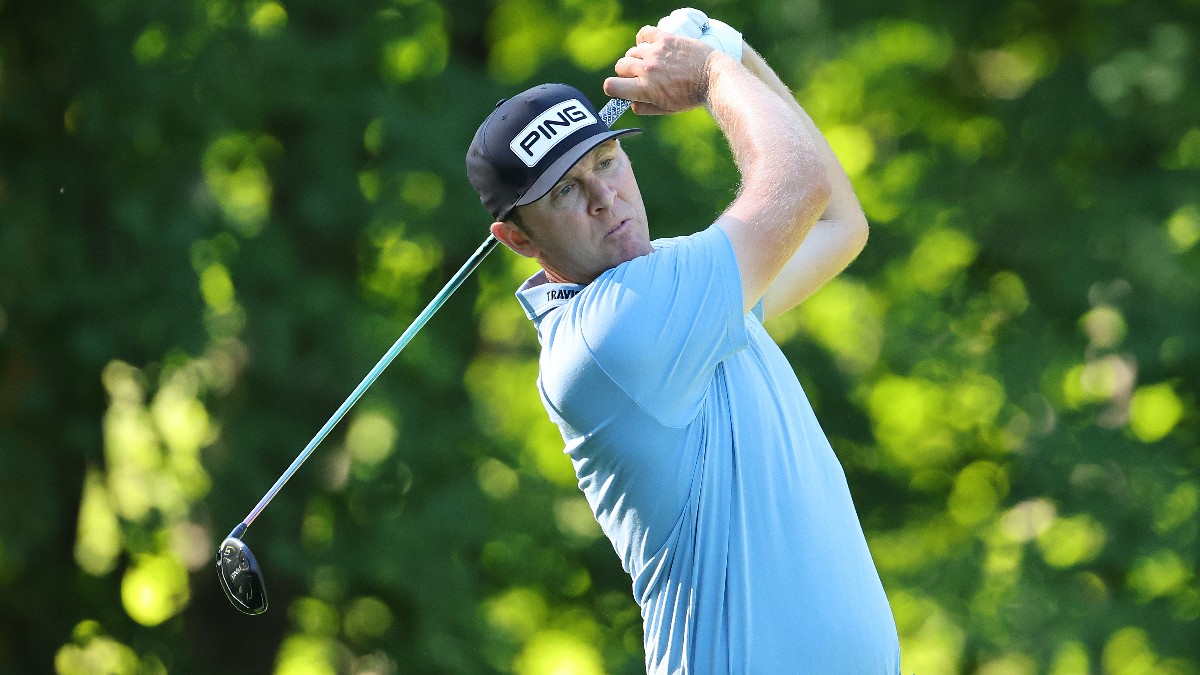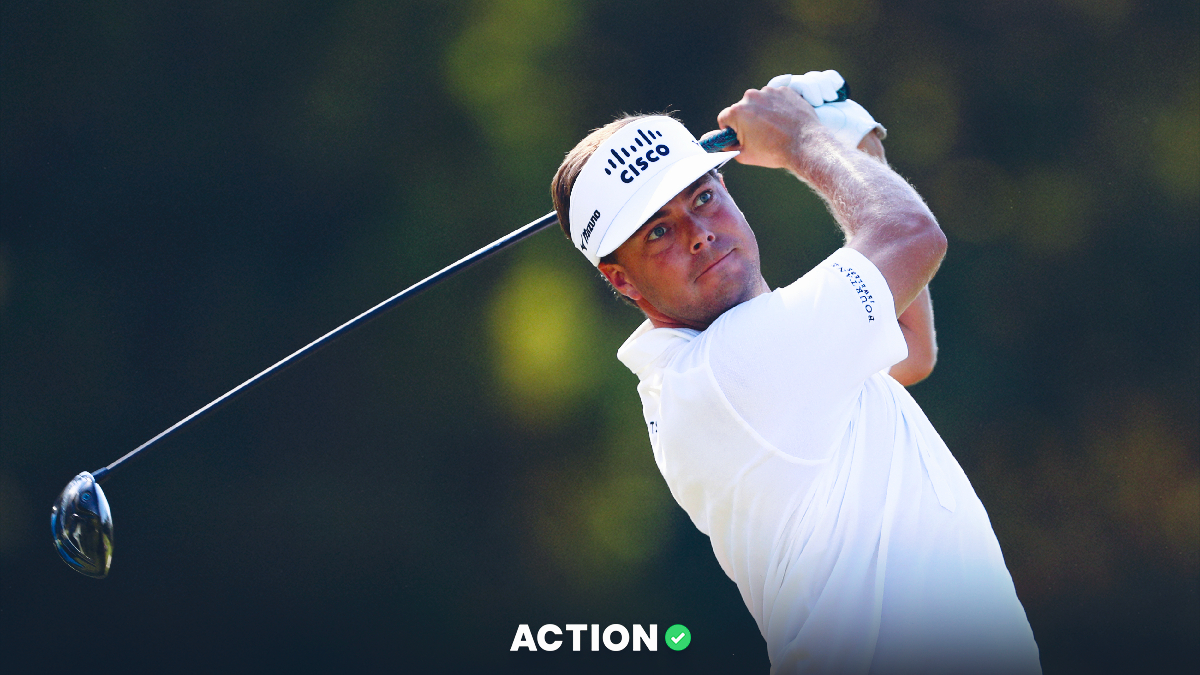Of all the questions to the PGA Championship competitors about host venue TPC Harding Park so far this week, perhaps none received a more succinct reply than one posed to two-time defending champion Brooks Koepka, who didn’t mince words about this golf course.
“It's pretty obvious it's a major when you pull in,” he stated. “It's a big-boy golf course. Tough place. Tough setup.”
For the first time in a half-decade, the world’s best golfers have descended upon this San Francisco treat, once an afterthought amongst the dazzling Bay Area golf landscape but resurrected as a triumphant gem — or a “big-boy golf course,” as some would respectfully call it.
Measuring at 7,251 yards on the scorecard, TPC Harding Park will play as a par-70 this week — an equal number of one par-5, six par-4s and two par-3s on each nine-hole stretch.
So far this week, it’s been called “fun," “tough," “misleading” and “not tricked up,” all of which might say less about the course itself than those who have been asked to comment on it.
One thing almost everyone can agree on is that it’ll be more advantageous to drive the golf ball into the fairways than the rough. This might not be U.S. Open-ish cabbage, but it’s brutish and gnarly and heavy with moisture.
“They have pinched in the fairways a little bit, and the rough is thick; it's lush,” Tiger Woods said. “With this marine layer here and the way it's going to be the rest of the week, the rough is only going to get thicker, so it's going to put a premium on getting the ball in play.”
Tournament favorite Justin Thomas agreed with that assessment, saying, “You just have to hit the fairways. You have to have control of your ball. I mean, I've only played 18 holes, but it seems pretty difficult in my eyes. I think it's going to be a little bit more of a challenge this week than maybe some in the past.”
So, just what is the penalty like if a player does miss the short stuff?
Well, it depends.
“I think it's about a 50/50 chance as far as the lie,” Tony Finau explained. “I had two lies yesterday on Hole 12 that were three feet apart. One I could easily get a 7-iron on and the other one I was just trying to hack out 40-50 yards. It's almost luck of the draw when you hit it in the rough. I think you're going to see some guys get fortunate and hit it onto the green, and I think you'll see some guys hack it out and not hit it anywhere.”
Players have unanimously maintained that weather will be a factor this week. Not so much rain or even heavy winds — although it is predicted to gust as much as a two-club breeze on Thursday afternoon — but the cool temperatures and thick air will reduce swing speeds, which will in turn reduce ball speeds, too, meaning distances will be off from what they’ve seen during the (mostly) hot and humid post-COVID swing.
“I was anywhere from 10 to 13 yards shorter with a very similar swing and ball speed with the irons, and the driver is up to 20 yards shorter in carry,” admitted Jordan Spieth, who is trying to be the sixth player to claim the career grand slam this week. “It's just an adjustment. I think for me it normally takes a day or two of really being out on the course hitting a shot, being like, wow, hitting another one from the fairway after you didn't believe it and it still comes up short, and then you start to kind of recalibrate.”
Not that the game’s best players aren’t used to this type of recalibration.
In fact, the last major that was played — 13 months ago at Royal Portrush — featured colder, nastier weather than anything they’ll endure this week.
“I think we're all used to that,” Abraham Ancer said. “We know whenever it's cold, the ball is just not going to travel that much, so for me it might be like a club difference if I was back home with normal temperature than when we come here.”
If all of that news sounds treacherous for the competitors, there’s good news when they finally get to the greens.
Unlike most USGA setups, they’re not fly-off-the-face fast this week; unlike most California courses, they’re not poa annua grass, which tends to flummox and frustrate even the best rock-rollers.
“The greens are a very makeable speed and there's not a ton of slope to them, so you could see some lower scores potentially,” Spieth explained. “I think we're kind of forecasted somewhere in between the two. It is not a ‘hold on for dear life, par is a great score,’ but it's also not a ‘let's fire at flagsticks.’ It's kind of somewhere in between, where a few under is a solid round.”
That’s perhaps the very definition of a big-boy golf course – and it’s what is going to face the world’s best players this week.


